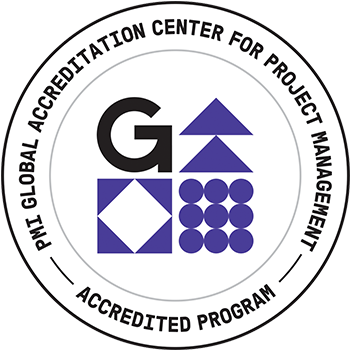
Ms. Parente will be presenting two sessions. Both sessions are listed below along with their presentation times.
Presentation 1: Agile Myth Busters: That’s Not Agility… Scheduled for Thursday, May 4, 2017 from 9:45am – 10:15am
Abstract: In my experience supporting organizations with learning and implementing agile practices of project management, I have seen many agile myths shared as facts. The purpose of this presentation is to bust the myths of why and how to implement Agile project management practices for your organization or your project.
In today’s world of fast-paced technology and continually changing requirements and project scope, the need for Agile Project Management has greatly increased. Responding to this demand, the PMI® (Project Management Institute) launched a new certification, the PMI Agile Certified Practitioner (PMI-ACP)SM. The result of this fast growing certification is the creation of a new space where Project Management and Agile Practices for Software Development meet. This calls us to ask how we transition from traditional project management to agile project management.
What is Agile Project Management and when does it make sense to use agile practices? When requirements and environmental conditions are in flux, our ability to respond to changing needs is critical to managing projects with agility. When should you implement agile practices and how do you implement agile project management in a traditional project management environment? This presentation will address these questions based on best practices and experience in this field.
Presentation 2: Busting the Barriers to Managing Risk. Scheduled for Friday, May 5, 2017 from 9:45am – 10:15am.
Abstract: Through both education in best practices and our own experience of juggling project time, cost and scope, we have realized not only the value of implementing project risk management, but the necessity of it as well. So, why are we not doing it?
Firstly we must break the limiting barriers which we have ourselves and which our organizations have. We can address each of these with a new innovated view which will allow us to remove or break through these barriers to implementing project risk management.
This paper discusses the cultural and organizational barriers to implementing project risk management and how we can both address and remove these, so that we can implement project risk management as we know we need to and want to do, to achieve project success.
We should not be under the impression that all projects are late and over budget. Instead let’s manage project uncertainty (risk) to deliver our projects ahead of schedule, and under budget, while meeting customer satisfaction requirements. This is what risk management affords us and why it is so important to implement for all projects in all organizations.
Biography: Susan Parente is a project engineer, consultant, speaker, author, and mentor who leads large complex IT software implementation projects, and the establishment of Enterprise PMOs. Ms. Parente’s focuses on risk management and Agile project management. She has 16+ years experience leading software and business development projects in the private and public sectors, including a decade of experience implementing IT projects for the DoD. Ms. Parente is also an Associate Professor at Post University in CT. She has a BS in Mechanical Engineering from the University of Rochester in NY and has a MS in Engineering Management from George Washington University in DC. She is also PMP, CISSP, PMI-RMP, PMI-ACP and ITIL certified, and is a CMMI and ISO 9001 Practitioner.
Ms. Parente is a Principal Consultant at S3 Technologies, LLC. Her company’s focuses on revitalizing projects through the use of risk management. S3 Technologies does this by teaming with clients, stakeholders and vendors and using risk management to deliver project successes. Ms. Parente trains and mentors project managers in the area of project and risk management. She is also an Agile project management generalist. Ms. Parente has developed a methodology which she uses to implement risk management programs for both small and large clients and is currently completing her manuscript for a book on implementing risk management.


